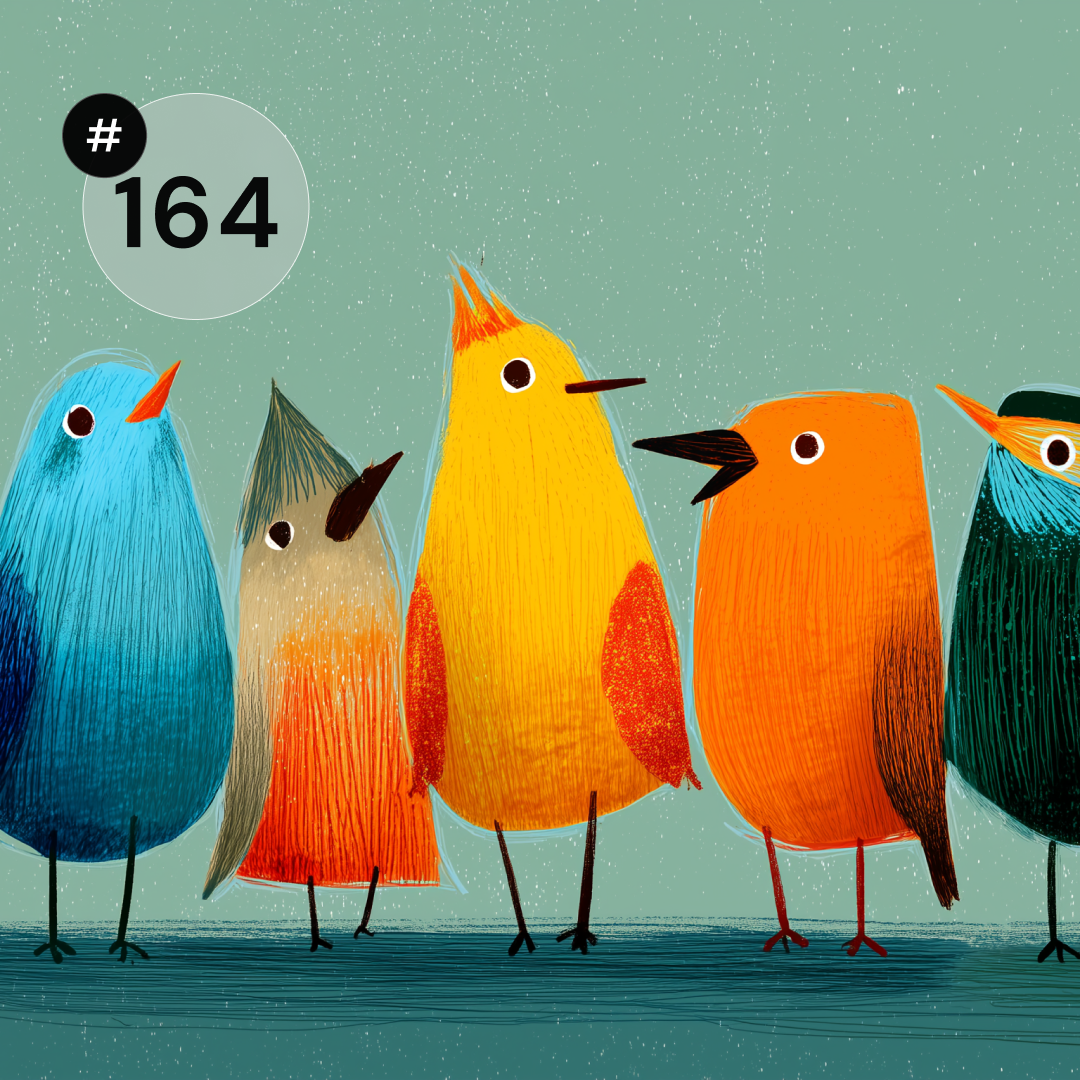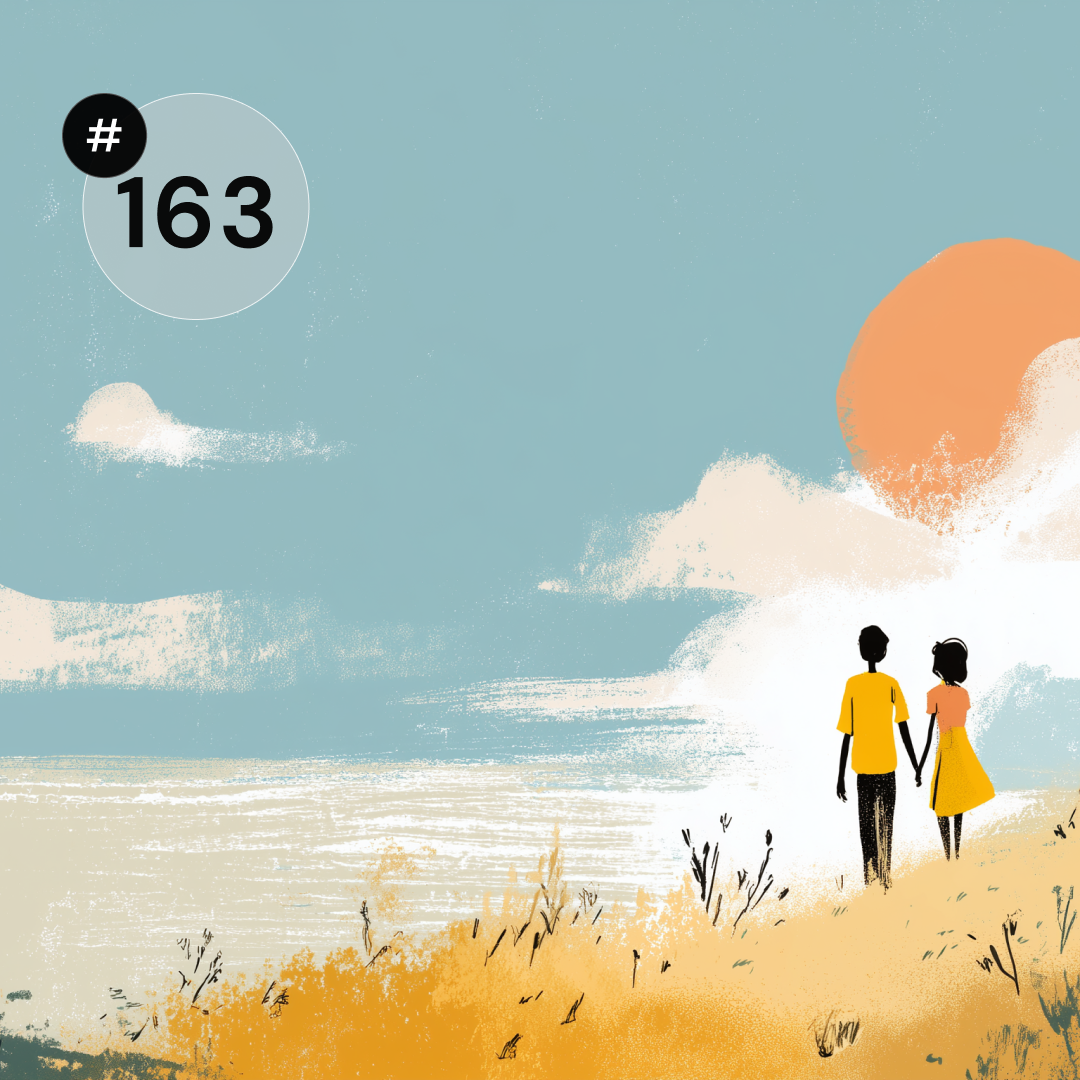UX research can be associated mainly with the study of usability. However, this concept contains much more content. Based on the methods, we divide user research into qualitative and quantitative. They may concern work on a product already on the market and its improvement, or they may be carried out before the product is even created. There are those that in their process resemble a “lean” approach, that is, a very extensive process, and there are also those that can be closed in a few sessions. The conclusion from this is that there are as many studies and approaches to them as there are many ideas for their implementation, subject to methodological correctness. However, the most popular and most frequently used in UX have, above all, a clearly defined methodology, which translates into a standardized process.
Before the product sees the light of day
UX research at this stage often concerns user statements regarding the issue of interest to us. For example, before designing a new version of an online store offering clothing, accessories and equipment for outdoor active people, we want to find out how people spend time outdoors, without which they cannot imagine another trip and what they pay attention to when searching the store's assortment. Asking these types of questions and waiting for answers from users can bring us closer to creating a customer profile, and thus matching the new project to the people who will actually use it. However, instead of waiting for the reactions of users after the launch of our newly designed store, we focus on researching the selected target group, thereby saving time and, consequently, our client's money.
Analysis of real user behavior
UX research can also be based on the analysis of actual user behavior, rather than just the statements of the test subjects. In this case, we are mainly oriented towards contextual or partisan research. Such techniques are mainly based on the observation of users participating in the research, in conditions that are as natural as possible for them, similar to those that accompany them when using, for example, an e-commerce platform. This process brings us closer to an in-depth analysis of how our product is used and thus to concrete conclusions that can influence further work on improving it. For example, returning to the example of a store for outdoor activities, the user, in the process of preparing for the upcoming trip to the mountains, is looking for new shoes, adapted to the level of the challenge. How does he search for a new pair of “trekkers”? We do not have to ask him this question, all he has to do is share his phone screen with us. In this context, the advantage does not end there, because interviews allow us to delve into the issues of interest to us and in case of misunderstanding of the user's behavior - to ask him.
Outside the office
Of course, not every store is characterized by a strictly defined research group. And not for every project only qualitative methods are used. For this reason, UX researchers also use methods focused on statistics, derived from previously analyzed data, collected in the form of reports. In such moments, the UX team or UX researcher either refers to the internal data of the company or goes beyond its own four walls in search of valuable information outside, which in our language is referred to as “desk research”.
Statements, observations and what next?
The world of UX research is as wide as our knowledge on the subject. Moreover, it is constantly expanding. The conclusions of the research, collected declaratively or non-declaratively, have a direct impact on the further design process. So the question remains: what to choose? And UX teams come to the rescue here, who are not only well aware of the need to test specific functionalities, but also, based on experience, are able to carefully select the study to our project and needs.











